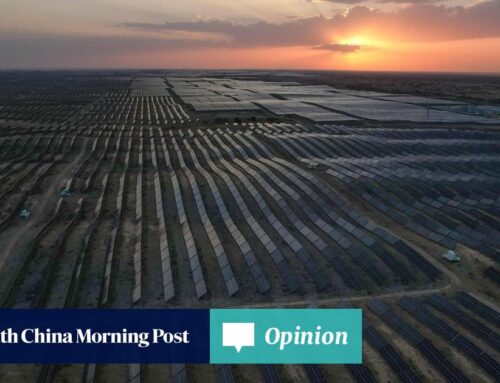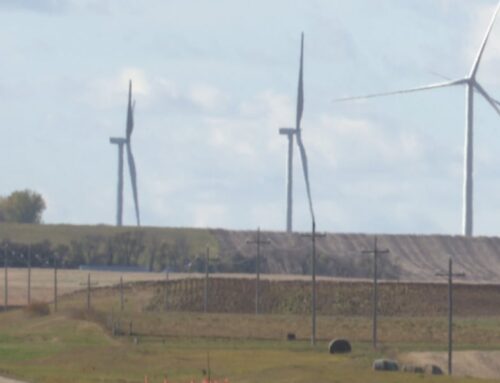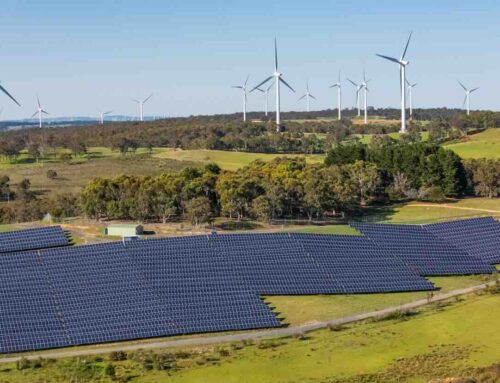Opinion | How strategic planning is powering China’s green energy transition
October 23, 2025
Recently, some major Western media outlets have focused on China’s embrace of clean energy technologies. Between the lines of the rhetoric on China becoming an “electrostate”, there is palpable anxiety about US President Donald Trump’s “drill, baby, drill” approach and the partisan political landscape.
Advertisement
The New York Times highlighted one of China’s longest ultra-high-voltage power lines, stretching from the far northwest remote desert to the populous southeast, noting that these power lines are each “capable of carrying more electricity than any utility transmission line in the United States”. The Financial Times described China’s rising dominance as the world’s first significant “electrostate”, citing Climate Energy Finance director Tim Buckley, who observed that the Trump administration has “embraced fossil fuel industries” and “gutted” the previous government’s support for renewable energy.
One example of the US pivot to fossil fuels is the cancellation of Esmeralda 7, a collection of seven solar projects in the Nevada desert which would have been one of the largest in the world. It had been steadily advancing through regulatory review by the Biden administration.
Why is China so persistent in moving towards a low-carbon future? More than 90 per cent of the country’s population is located in the east, yet much of China’s clean energy is generated in the north and west. Transferring this electricity to where it is most needed is an urgent necessity, one that spurred the west-to-east power transmission programme.
Consistency has been a hallmark in China’s energy strategy. In recent years, multiple initiatives to promote decarbonising the country’s power grid have been launched, boosting the use of clean energy while tackling the level of coal emissions. China’s traditional reliance on coal has been a challenge in the pursuit of sustainable, green development, so in 2021 the government announced a commitment to reaching peak carbon dioxide emissions before 2030 and achieving carbon neutrality before 2060.
Advertisement
China’s low-carbon transformation has accelerated at a rapid pace, particularly since 2021. During that period, it has increased the share of renewable energy in its total installed power generation capacity from 40 per cent to about 60 per cent.
Search
RECENT PRESS RELEASES
Related Post




